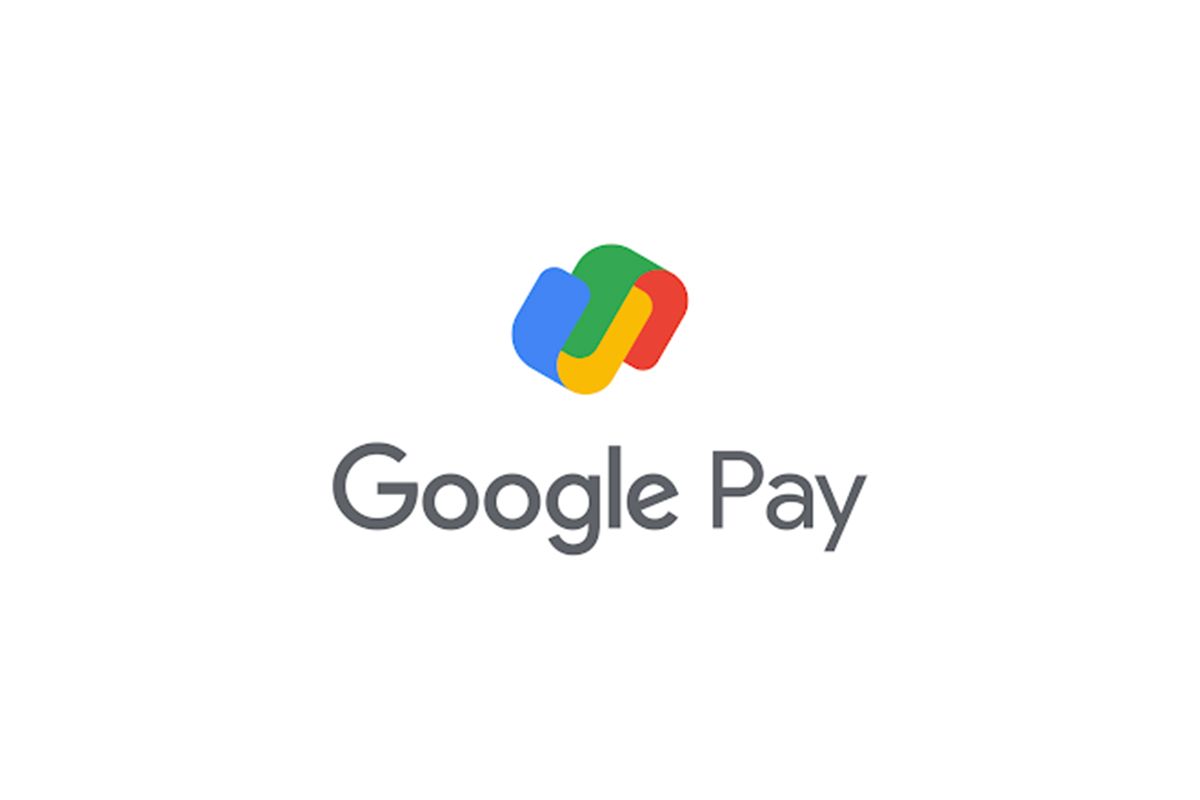Google Pay is one of the most popular mobile payment services in India. It's powered by the Unified Payment Interface (UPI) and allows users to instantly transfer money between banks at no extra charge. Paying with UPI usually requires scanning a QR code or entering the recipient's UPI-linked mobile number. But soon, Google Pay users in India will be able to complete payments even faster using a new Tap to Pay feature.
Google Pay on Wednesday announced the launch of the Tap to Pay feature for UPI payments. The feature, developed in collaboration with Pine Labs, will allow Google Pay users to simply tap their NFC-enabled Android smartphone on the POS terminal and authenticate the payment using the UPI PIN.
"Tap to Pay for UPI has profound implications for high traffic retail outlets, with queue management hassles poised to be greatly reduced, and taking digital payments at POS well beyond cards. We are very excited to bring this first-ever innovation to India, in collaboration with Pine Labs."
Google says they piloted the feature first at Reliance Retail, and now they're expanding it to other large merchants, including Future Retail and Starbucks.
"Today, we are pleased to partner Google Pay and enable 'tap to pay' for UPI transactions on Pine Labs Android POS terminals. We believe this will further strengthen UPI acceptance in India and appeal to consumers, especially the youth population who have taken a liking for contactless and digital payments." said Kush Mehra, Chief Business Officer, Pine Labs.
The Tap to Pay feature was only available for card payments up until now. But now, it can be used for UPI payments as well. It will greatly speed up the payment process as you won't have to open up the camera and scan the QR code. As useful as it can be, Tap to Pay is unlikely to replace QR codes anytime soon. That's because NFC-enabled phones are hard to come across in the Indian market. Most budget and mid-range smartphones sold in India don't have NFC, with the feature usually being reserved for higher-end flagships.

